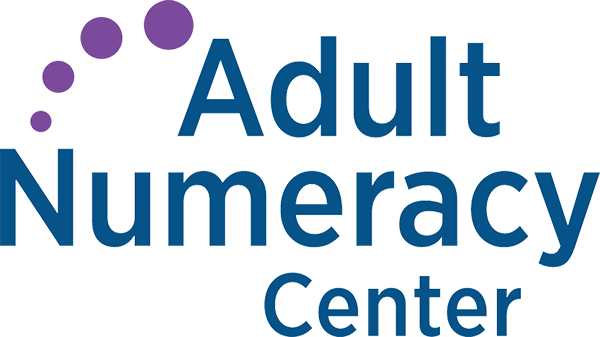Build on what they know
by Judy Storeygard
Many years ago, a friend of mine was studying for a test that her employer required for a promotion. Unfortunately, she had a real block about math, especially subtraction. She had asked if my son, at the time a high school student who liked math, would help her. My first thought was, “Oh no, but it comes easily to him. How will he be able to help her?”
Luckily, my fear was unfounded. Because he was curious about math, he watched how she was approaching the problems. He saw that her instinct was to add up instead of subtract, mostly because the borrowing algorithm did not make sense to her. However, she did not have confidence in her method, and didn’t fully understand why adding up could work. My son showed her how adding up was indeed a reliable method. He drew on her number knowledge to help her see that she could use easier-to-add landmark numbers as she added up. For example, to solve 56 – 37, she might first add a number like 20 (easy because it is a multiple of 10) to the 37, and then subtract 1 to arrive at the correct answer of 19. Or, she could have also added up in steps to get the same result, like this:
- Add 3 to the 37 to reach the landmark number 40.
- Add 10 more to get up to the landmark number 50.
- Add 6 more to add up to 56.
All the steps together (3 + 10 + 6) equal the answer of 19.
So many times, we focus on what students don’t know. We might spend hours trying to teach our students an algorithm, hoping the procedure will finally “click”. But in the meantime, we could be helping them access the knowledge they already have in order to help them experience success with math. I often think of this example of my friend and her way of approaching subtraction. Her way of solving the problem wasn’t wrong at all — it just wasn’t the standard algorithm. The lesson here is that by making the effort to understand our students’ thinking, we can validate what they know, and empower them to use this knowledge to solve problems.
(By the way, this story had a happy ending. She passed the exam!)
Judy Storeygard is a Project Director at TERC with a long-term interest in students with special needs and teacher development. She is the editor/author of My Kids Can: Making Math Accessible to All Learners, K-5, a collection of video and written cases written with elementary mathematics teachers. She also was a contributing editor to the Working with the Range of Learners: Classroom Cases in the 2nd edition of Investigations in Number, Data, and Space series.
